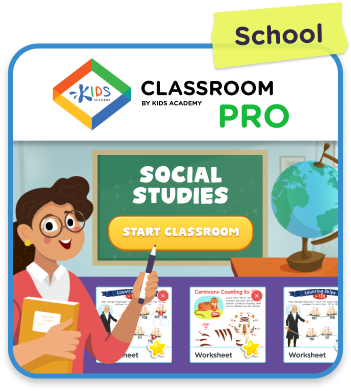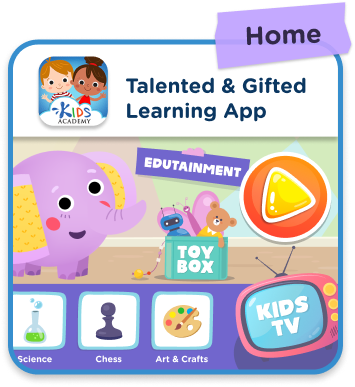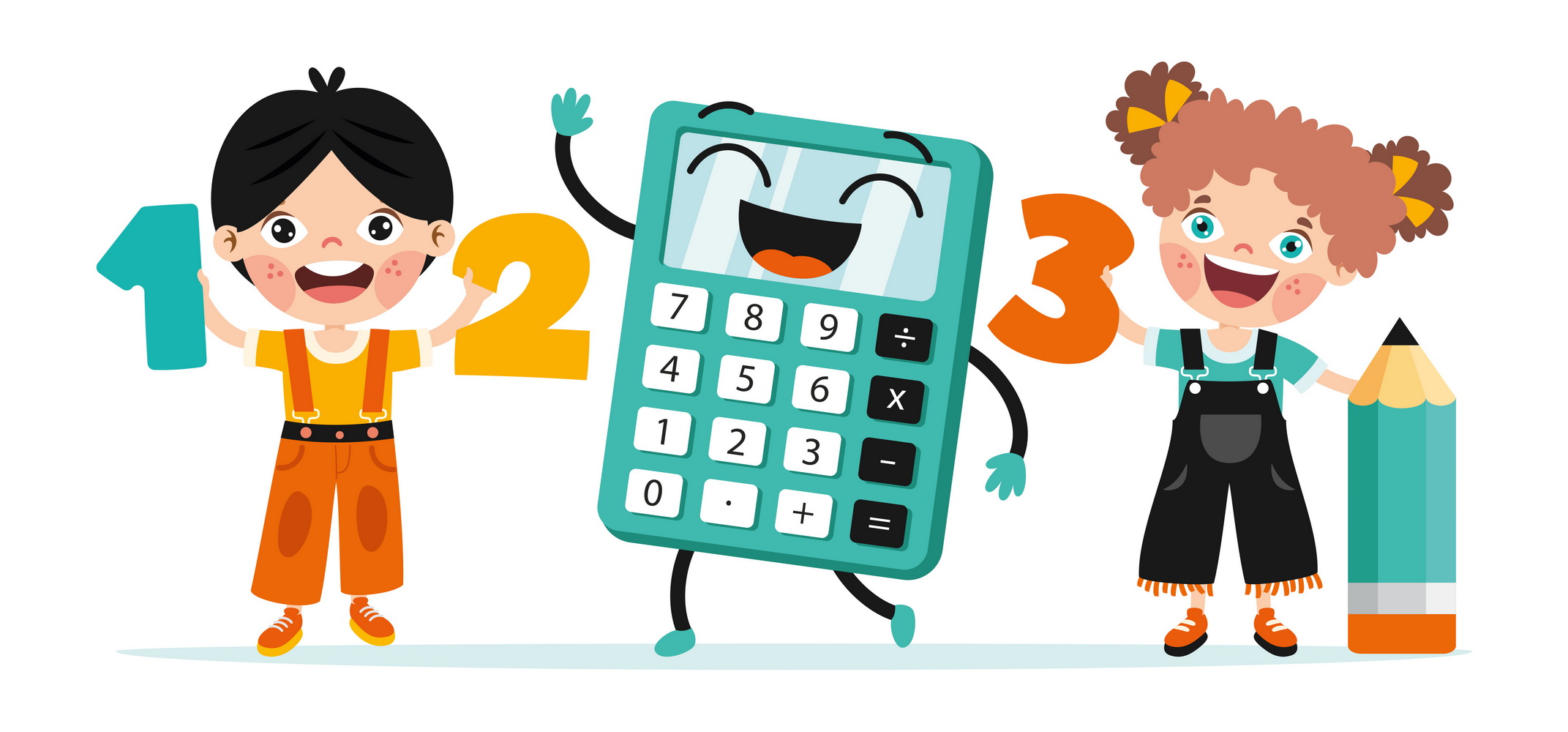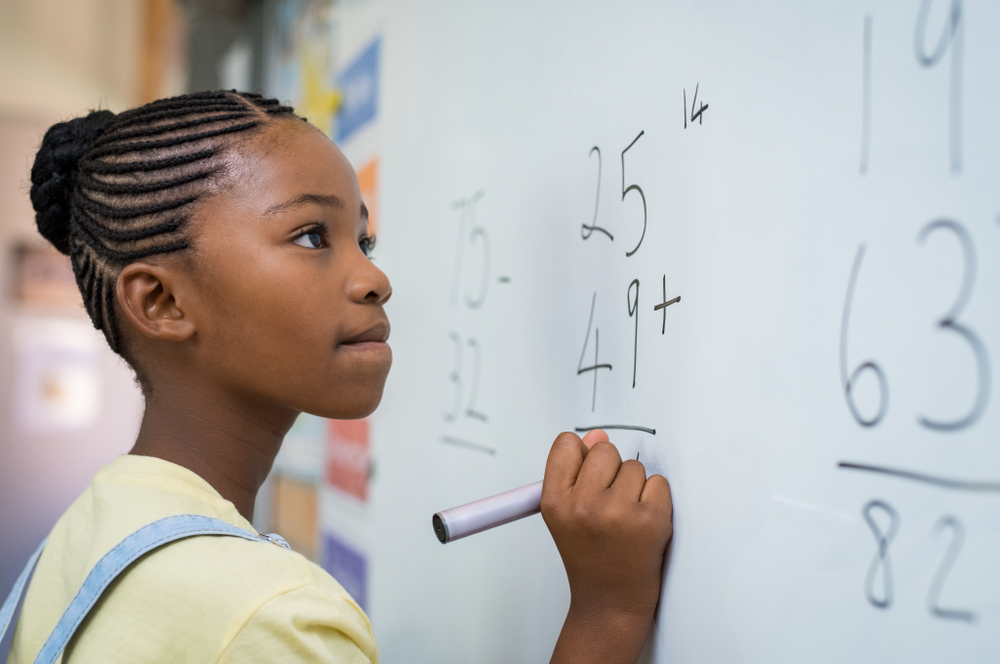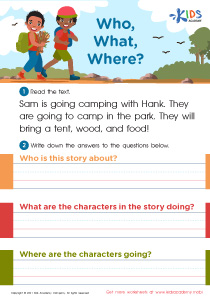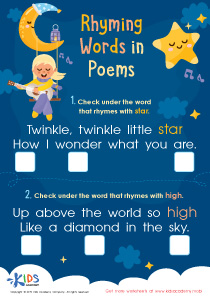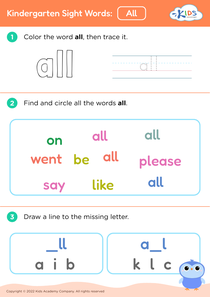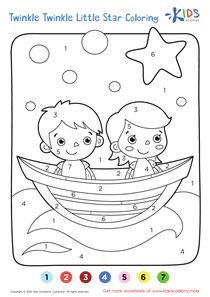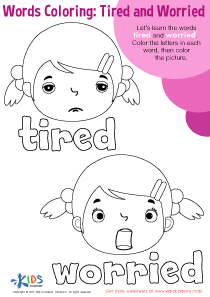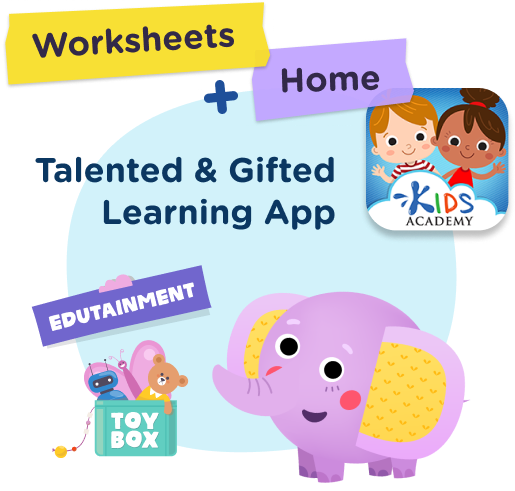Understanding perspectives Reading Worksheets
3 filtered results
-
From - To
Explore our "Understanding Perspectives" reading worksheets designed to enhance critical thinking and empathy in young readers. These engaging activities help students recognize different viewpoints, fostering a deeper comprehension of texts. With diverse reading passages and thought-provoking questions, children will practice analyzing characters' motives and feelings, encouraging a rich understanding of narrative dynamics. Our worksheets promote discussion, allowing students to articulate their interpretations and challenge their assumptions. Perfect for the classroom or at-home practice, these resources cater to varying skill levels and encourage independent learning. Equip your students with essential literacy skills while they gain insight into the perspectives of others!
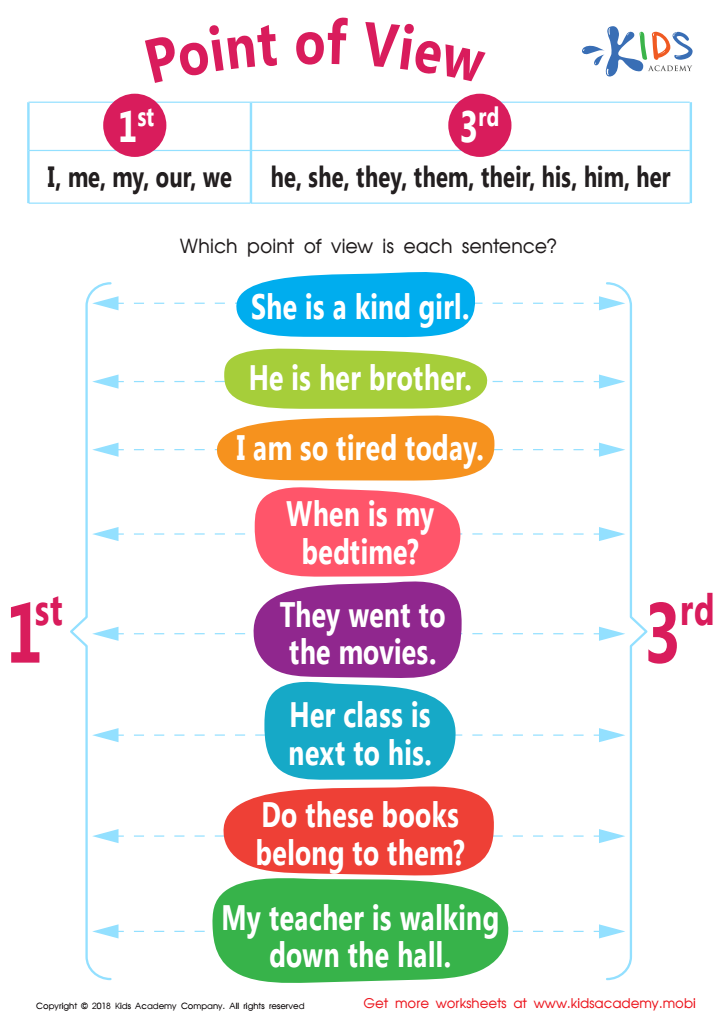

Point of View Worksheet
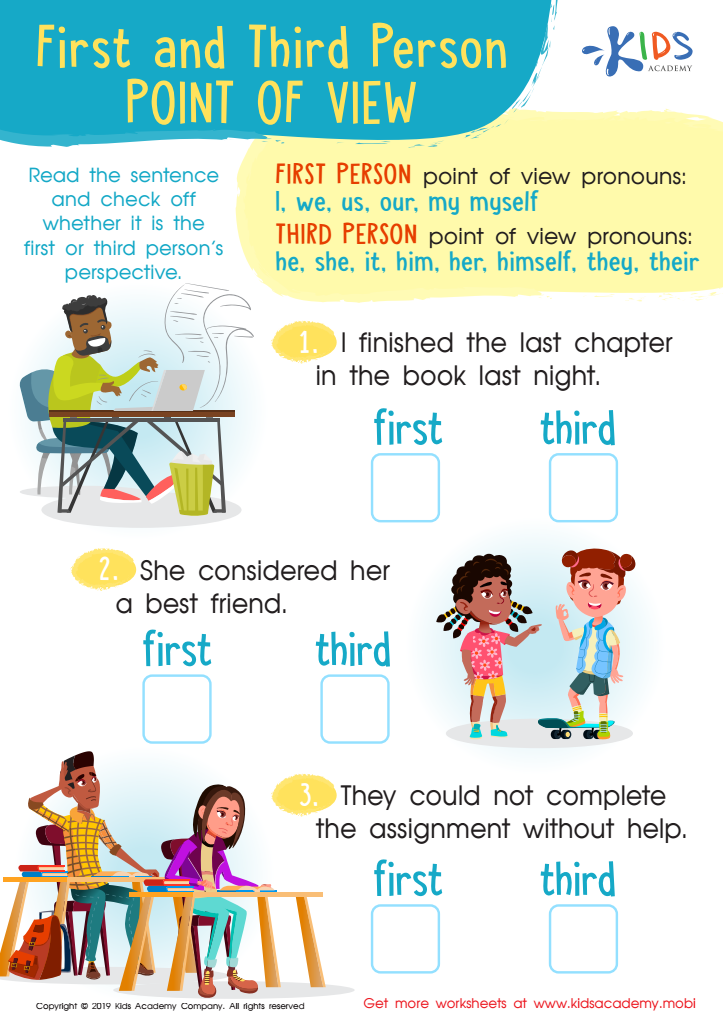

First and Third Person Point of View Worksheet
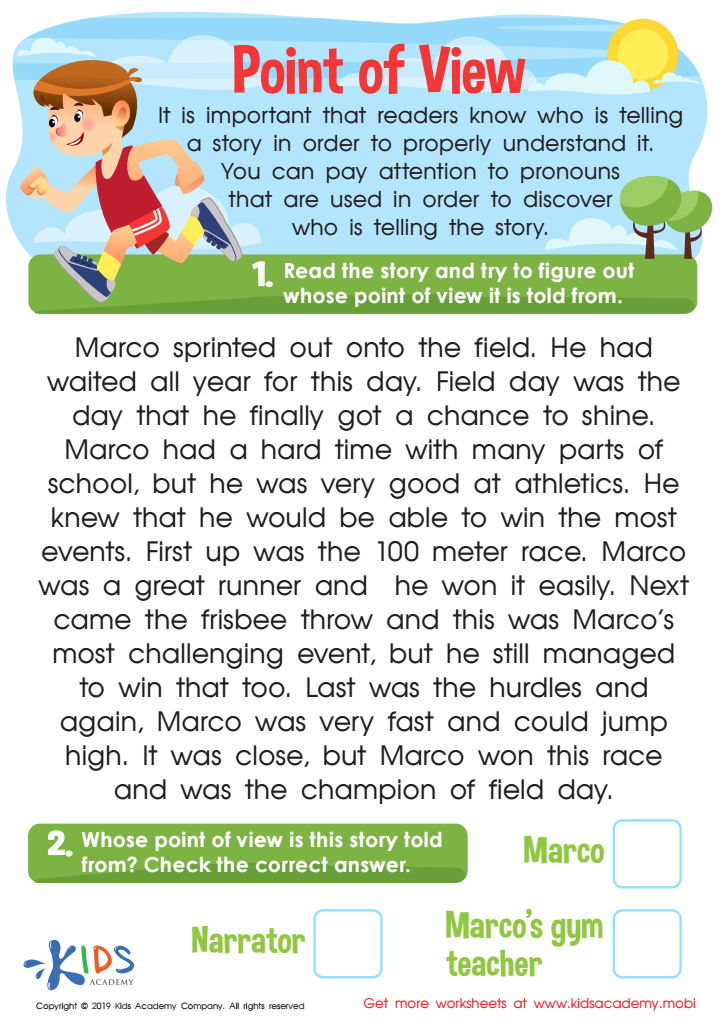

Point of View Worksheet
Understanding perspectives through reading is essential for both parents and teachers because it fosters empathy and critical thinking in children. When kids read about characters from diverse backgrounds and experiences, they learn to appreciate different viewpoints, which is vital in our multicultural society. This skill nurtures emotional intelligence, helping children relate to others, resolve conflicts, and build mature relationships.
Additionally, understanding varying perspectives enhances comprehension skills. Children who engage with diverse narratives can analyze plot developments and character motivations more deeply, improving their overall reading proficiency. Teachers can use this understanding to guide discussions and encourage thoughtful responses, thus enriching the learning environment.
For parents, promoting reading that emphasizes different perspectives can spawn valuable conversations at home. Discussing the narratives allows families to explore complex social issues together, cultivating a supportive atmosphere for critical dialogue. This shared experience also builds a love for reading and learning, laying the foundation for lifelong inquisitiveness.
Ultimately, prioritizing perspective-taking in reading not only prepares children for academic success but also equips them with the social skills and cultural awareness needed to thrive in a diverse world, making it a crucial area of focus for both parents and educators.

 Assign to My Students
Assign to My Students
